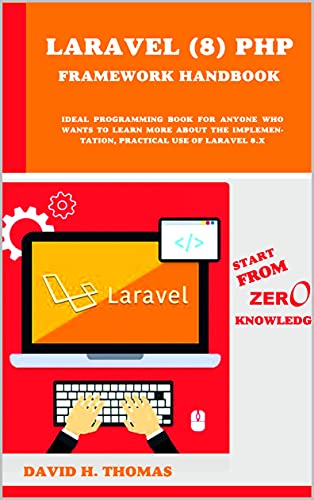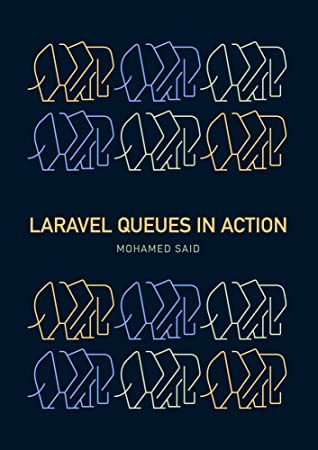Download This PDF Book: Essentials of Inorganic Chemistry: For Students of Pharmacy, Pharmaceutical Sciences and Medicinal Chemistry 1st Edition by Katja A. Strohfeldt
A comprehensive introduction to inorganic chemistry and, specifically, the science of metal-based drugs, Essentials of Inorganic Chemistry describes the basics of inorganic chemistry, including organometallic chemistry and radiochemistry, from a pharmaceutical perspective.
Written for students of pharmacy and pharmacology, pharmaceutical sciences, medicinal chemistry and other health-care related subjects, this accessible text introduces chemical principles with relevant pharmaceutical examples rather than as stand-alone concepts, allowing students to see the relevance of this subject for their future professions. It includes exercises and case studies.
About the Author
Katja A. Strohfeldt
School of Pharmacy, University of Reading, UK --This text refers to the paperback edition.
From the Back Cover
Medicinal inorganic chemistry is an area of numerous clinical developments and has become very prominent with the discovery of platinum-based anticancer drugs.
Currently used clinical applications are not only limited to platinum-based drugs, but indeed encompass a majority of elements found in the periodic table of elements. Therefore, it is crucial that professionals in a variety of healthcare settings have a basic understanding of inorganic chemistry in order to handle the relevant metal-based therapeutics in the correct manner.
Essentials of Inorganic Chemistry For Students of Pharmacy, Pharmaceutical Sciences and Medicinal Chemistry, introduces the basic principles of inorganic chemistry and the science of metal-based drugs, using pharmacy-relevant examples.
Each chapter deals with a group of elements, including the relevant chemical basics, and discusses clinically used examples. Within each chapter, the main inorganic principles or definitions are highlighted in feature boxes.
Introduction:
Many metal ions play a vital role in living organisms. Metal ions are also involved in a variety of processes within the human body, such as the oxygen transport or the formation of the framework for our bones.
Haemoglobin is an iron-containing metalloprotein which carries oxygen from the lungs to the various tissues around the human body. Calcium (Ca) ions are a vital component of our bones. Elements such as copper (Cu), zinc (Zn) and manganese (Mn) are essential for a variety of catalytic processes (Figure 1.1).
Nevertheless, metals are very often perceived as toxic elements. Very often, the toxicity of a metal in a biological environment depends on the concentration present in the living organism.
Some metal ions areessential for life, but concentrations too high can be highly toxic whilst too low concentrations can lead to deficiency resulting in disturbed biological processes [2].
The so-called Bertrand diagram visualises the relationship between the physiological response and the metal concentration. There are concentration ranges that allow the optimum physiological response, whilst concentrations above and below this range are detrimental to life.
The form of this diagram can vary widely depending on the metal, and there are metals with nooptimum concentration range [3].
Nevertheless, living organisms, including the human body, have also found very sophisticated solutions to mask the toxicity of those metals (Figure 1.2).
Researchers have questioned whether metal ions can and should be introduced into the human body artificially and, if so, what the consequences are. Indeed, the use of metals and metal complexes for clinical applications gives access to a wide range of new treatment options.
Topics covered include:
• Lithium based drugs – their role in the treatment of bipolar disorder
• Organosilicon drugs – a modern alternative to traditional organic drugs
• Salvarsan – the origin of chemotherapy
• Platinum and other transition metal-based anticancer agents
• Lanthanoids and their clinical use
• Radiopharmacy
• Chelation therapy
About The Book:
Publisher : Wiley; 1st edition (January 30, 2015)
Language : English
Pages : 290
File : PDF, 12MB
Free Download the Book: Essentials of Inorganic Chemistry: For Students of Pharmacy, Pharmaceutical Sciences and Medicinal Chemistry
PS: Share the link with your friends
If the Download link is not working, kindly drop a comment below, so we'll update the download link for you.
Happy downloading!








